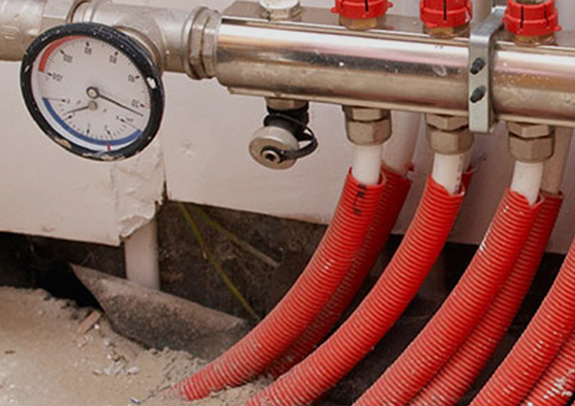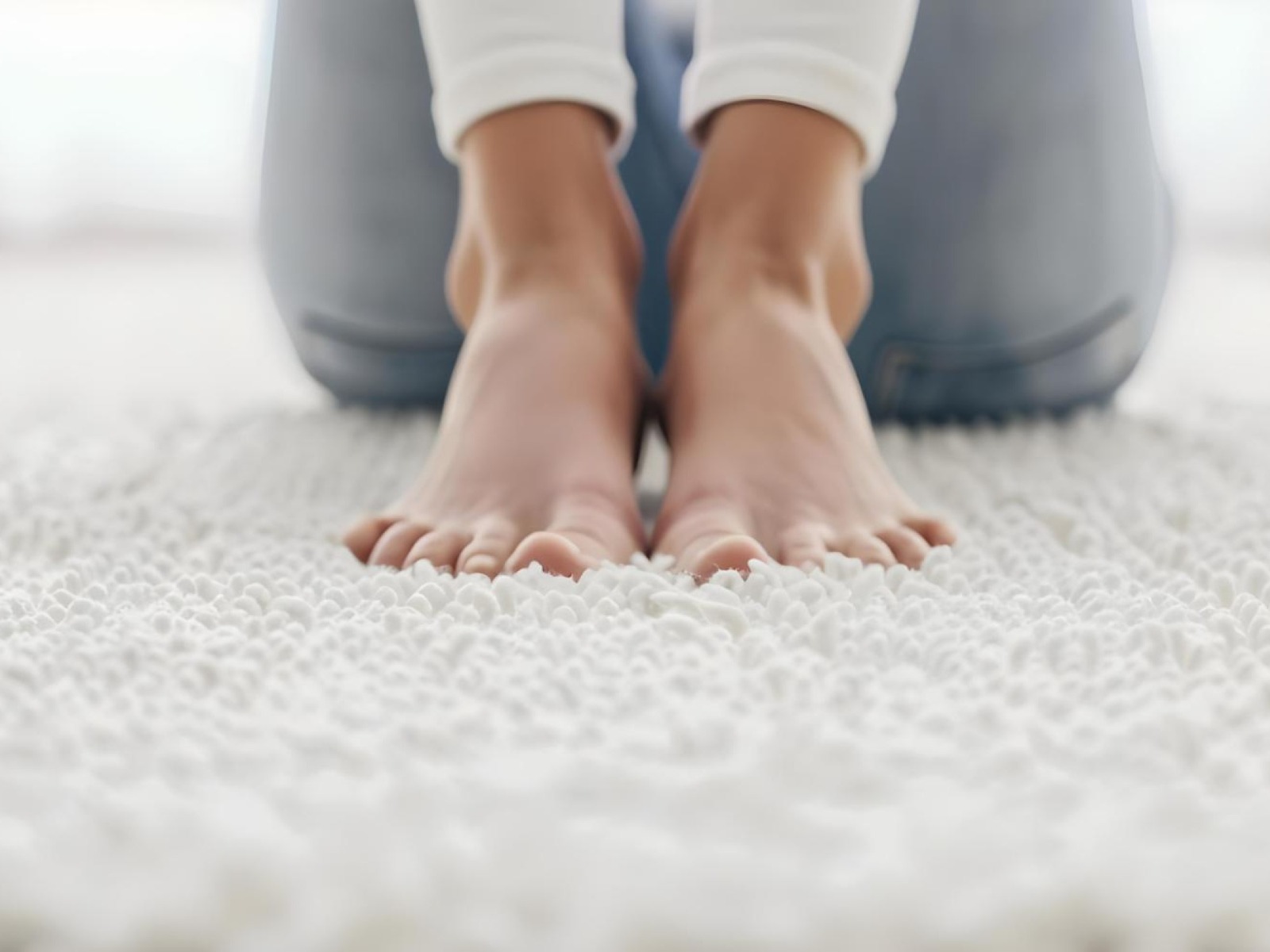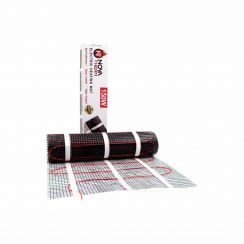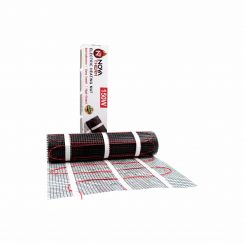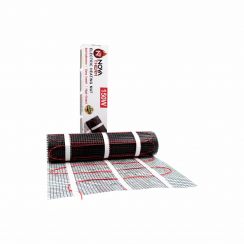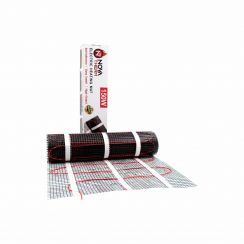Key Points:
- Underfloor heating is popular in northern Europe and increasingly in the UK.
- Available in both electric and water-based systems.
- Efficient heat distribution through the floor.
- Can be integrated with existing boilers.
- Offers financial, environmental, health, and comfort benefits.
Menu
- How Does Underfloor Heating Work?
- What Are The Benefits Of Underfloor Heating For Carpet Floors?
- What Are The Best Carpets For Underfloor Heating?
- How Do I Install Carpet Over Underfloor Heating?
- Does Underfloor Heating With Carpet Have A Maximum Temperature?
Underfloor heating is widely used in northern Europe and has in recent years become very popular in the UK, both for new builds and updating existing properties. The market is now growing at a rapid 20% per annum.
How Does Underfloor Heating Work?
Both electric underfloor heating and water based underfloor heating systems are available; they are almost identical apart from one uses electric heating cable while the other circulates heated water through a pipe system. Both can be used with your existing boiler, and circulate heat under the floor, be it a solid screed floor, or timber floorboards. This heat rises and efficiently heats the room.
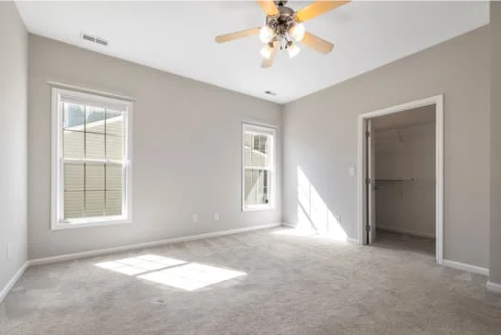
What are the benefits of Underfloor heating for carpet floors?
When paired with underfloor heating, carpet offers many advantages. It enhances a room's cosy atmosphere and offers specific hygiene benefits.
In spaces like bedrooms, where a warm and inviting ambience is desired, carpet often outperforms hard flooring options like laminate. Carpet provides a soft, warm surface underfoot, making the room feel comfortable and snug. When carpet is installed correctly over underfloor heating, it ensures that warmth radiates from the floor upwards, creating a consistently cosy environment.
Carpet's natural ability to trap dust is a significant advantage, which when paired together underfloor heating can help with allergies and asthma. Unlike traditional heating methods that circulate air and stir up dust, underfloor heating with carpet prevents dust from being released into the air. This makes it a healthier choice for maintaining indoor air quality and hygiene while heating your home.
What are the best carpets for underfloor heating?
While carpet can be an excellent choice for underfloor heating, selecting the right type is essential to ensure optimal performance. Some carpets are too thick and can over-insulate the floor, preventing you from fully experiencing the benefits of your underfloor heating system.
When adding carpet to your underfloor heating, it's recommended to choose carpets with hessian backing rather than rubber. Hessian-backed carpets may be more expensive, but they allow heat to pass through more effectively. Rubber-backed carpets can act as insulators and trap heat beneath the floor, reducing the system's ability to warm the room efficiently.
Another important factor to consider is the thickness of the carpet. Thicker carpets provide more insulation, which can decrease the efficiency of your underfloor heating.
carpet tog ratings for underfloor heating:
The tog rating is a measure of thermal resistance. It is essential to consider the combined tog rating of the carpet and the underlay. The total tog rating should ideally not exceed 2.5, and for systems with a heat pump, it's preferable for a combined rating of less than 1.5.
Remember to add the tog rating of the chosen underlay to the carpet's tog rating to calculate the overall value. If the combined tog is less than 2.5, your underfloor heating system may perform less efficiently.
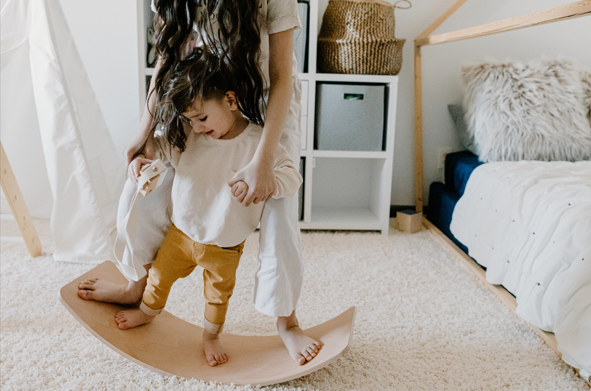
How do I install carpet over underfloor heating?
When installing a carpet over an underfloor heating system, it's crucial to acknowledge that the process requires specific preparations to ensure optimal heating performance.
Key Considerations for Installing Carpet with Underfloor Heating:
- Ensure the combined tog rating of the carpet and underlay does not exceed 2.5.
- Confirm that the floor is structurally sound, level, and dry before installation.
- Verify that any chemicals used on the floor, such as finishes or sealants, are compatible with the carpet's underlay.
- Remove any paint, debris, or dust from the floor to provide a clean surface for laying the carpet.
- Address any surface irregularities by priming them first. If you're installing carpet over floors with gaps between boards, consider placing plywood over the top to create an even base.
Following these steps ensures that your underfloor heating system operates effectively with the carpet, providing warmth and comfort throughout your space.
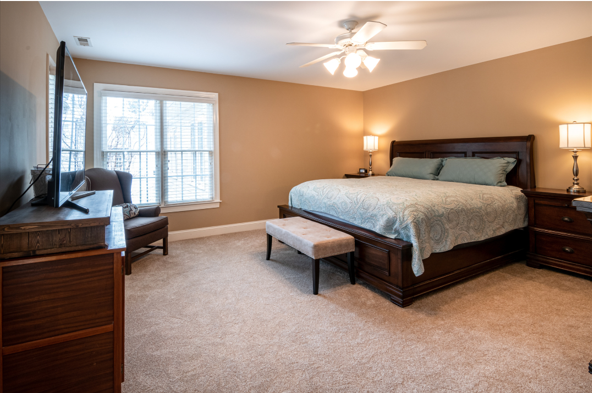
Does Underfloor heating with carpet have a maximum temperature?
The maximum floor temperature for underfloor heating should never exceed 27°C. Most underfloor heating (UFH) systems are designed with safeguards to ensure this limit is maintained, and in most cases, the required heat output will be well below this threshold.
According to the NHBC Foundation, "To limit discomfort to residents and to protect floor finishes from damage, BS EN1264-2 limits the maximum temperature of the floor surface to 29°C. It should be noted that lower maximum temperatures are required for certain flooring materials."
The heating needs of a room depend on various factors, such as insulation, room usage, and the type of floor covering chosen. Understanding the tog rating of your carpet and underlay is essential to setting the system at the correct temperature. You can easily manage your underfloor heating system using the correct heating controls.
Using a Thermostat with Underfloor Heating and Carpet:
Underfloor heatings thermostats come in various options, from simple dial types to advanced digital displays and smart thermostats. When you choose carpet as your floor covering for underfloor heating, a thermostat is crucial to maintain a comfortable room temperature.
Carpeted rooms often retain warmth better, so you don't need to set the temperature as high as in other areas of your home. Underfloor heating thermostats allow you to easily control your underfloor heating, Whether you prefer a cosy, warm atmosphere or a cooler setting.
Is Underfloor Heating with Carpet Safe?
Using underfloor heating under carpet is entirely safe. As long as trained professionals install your UFH system, there's no need for concern.
Our underfloor heating services are tailored to meet your needs, ensuring your system is safe and effective. We can connect you with one of our registered installers who will expertly fit your system and provide advice and support throughout your project, ensuring your underfloor heating and carpet setup is both safe and optimal for use.
New to Underfloor Heating?
Use below links to browse our key pages
Frequently Asked Questions
Is carpet suitable for underfloor heating?
Yes, carpet is compatible with underfloor heating. Since carpet naturally retains heat, you'll need less electricity or hot water to maintain warmth in a carpeted room, as it will hold the heat for longer.
Can you put in floor heating under carpet?
Underfloor heating works well under carpet, as long as you choose the right type of carpet. It's important to consider the total thickness of all materials above the heater, including underlays and overlays, to ensure efficient heat transfer.
What flooring is not suitable for underfloor heating?
Carpets and overlays with a tog rating above 2.5 are not suitable for underfloor heating systems. Tile, stone, and polished screed flooring, on the other hand, offer excellent heat transfer and are ideal for use with underfloor heating. These types of flooring can be heated up to 29°C.
What carpet is best for heated floors?
Synthetic materials may not be engineered to retain or transfer heat effectively and could be damaged or even melt if exposed to high temperatures for an extended period. carpets that are suitable for underfloor heating are typically made from natural materials like wool, which is more heat-resistant.
Get A Bespoke Quote Today
You can now take advantage of our online quote system.
Just fill up a short form with your name, number, email and project details and we will get in touch with a bespoke quote for you.
